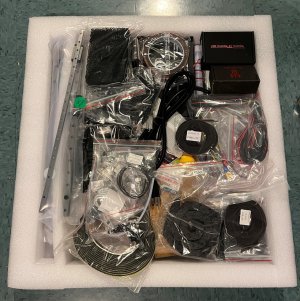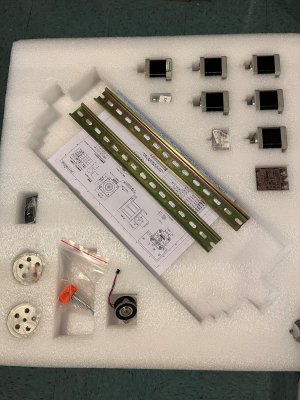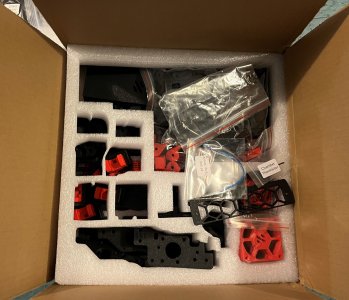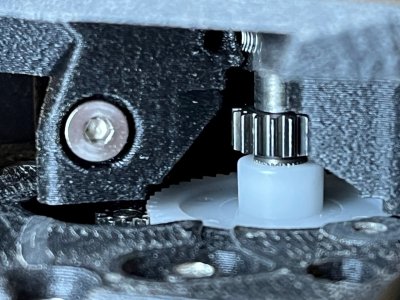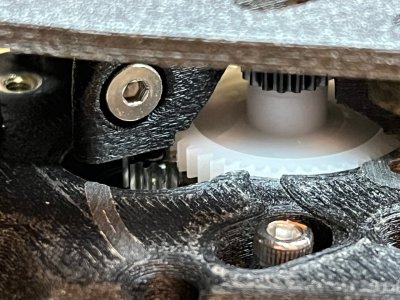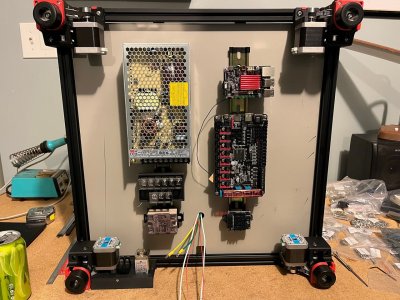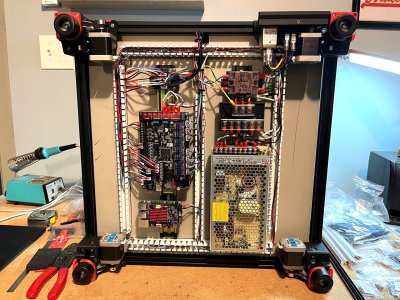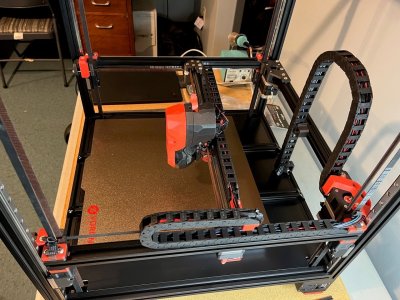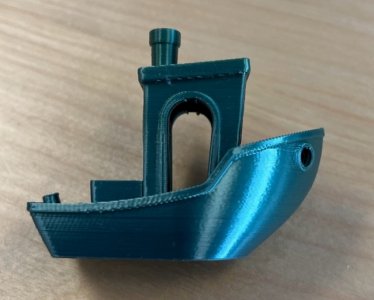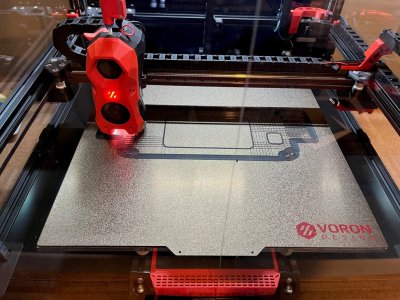Just finishing up my first Voron build. Ordered the Formbot 2.4 R2 "Pro" 350 Kit direct from the Formbot site on 1/05 (US delivery) and received everything on 1/10.
Started unpacking on 1/11. The Formbot PRO Kit includes a lot of the current common upgrades such as TAP, Nevermore, toolhead PCBs, ACM deck, and 5" HDMI screen. So I also purchased the complete printed parts kit from Formbot since it included all the parts for this non-standard build. Printed in ABS/GF, comes in any color you want as long as it's red.
Started unpacking on 1/11. The Formbot PRO Kit includes a lot of the current common upgrades such as TAP, Nevermore, toolhead PCBs, ACM deck, and 5" HDMI screen. So I also purchased the complete printed parts kit from Formbot since it included all the parts for this non-standard build. Printed in ABS/GF, comes in any color you want as long as it's red.



